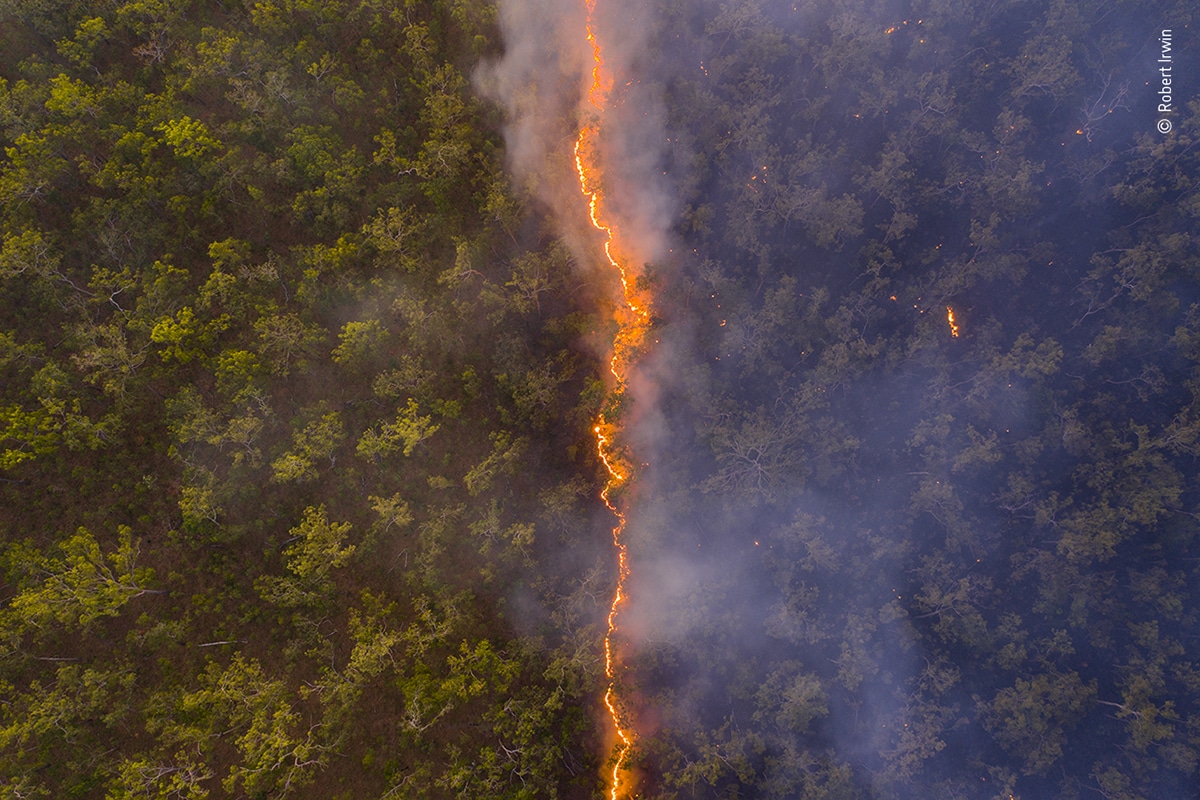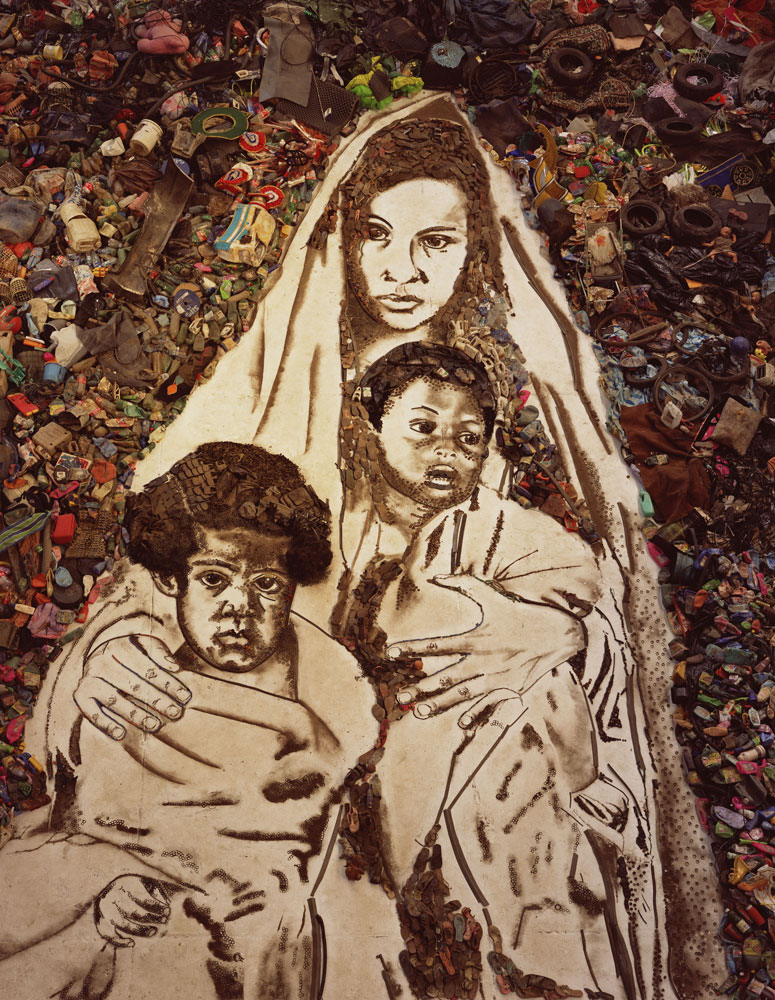When reading the assigned article for this week, my mind went to a few places of times I have seen art interact with nature in a more contemporary setting. My mind flashed back to my freshman year, when I took an art class and one of the assignments was to watch and reflect upon the documentary “Wasteland”. This documentary, centered around the Brazilian artist Vik Muniz, followed him as he met and created art with the workers at the largest trash dump in Rio de Janeiro. The workers are there to help find recyclable items and sort these out of the trash dump. Muniz’s work while there took the trash from the dump and made portraits of the workers on a huge scale, and photographed to be auctioned off as prints. The funds from these auctions would then go on to help the workers improve their quality of life and help to form a union. Although this does not directly interact with nature, it does show the consequence of what man has done to the earth. Waste dumps take the land and cover them with muck, and items that will not break down for thousands of years to come. I’ve attached a few of the pieces as images.
I was also reminded of another way that art and nature collide, which is in nature photography. There is a competition every year for the best photos taken of nature, and recently the winner was wildlife activist Robert Irwin for his photo of a wildfire overtaking a forest. This again shows how man has overtaken the earth, because although wildfires are ‘natural’ disasters, many are caused by man and the lasting effects of global warming have certainly had an impact on their strength and severity. (I have attached this image as well). Although these vary greatly from the images admiring nature in the past, or working with nature, I believe these pieces of art say a great deal on how the majority of the human race interacts with nature, because as a whole we have a much greater impact than as individuals.




